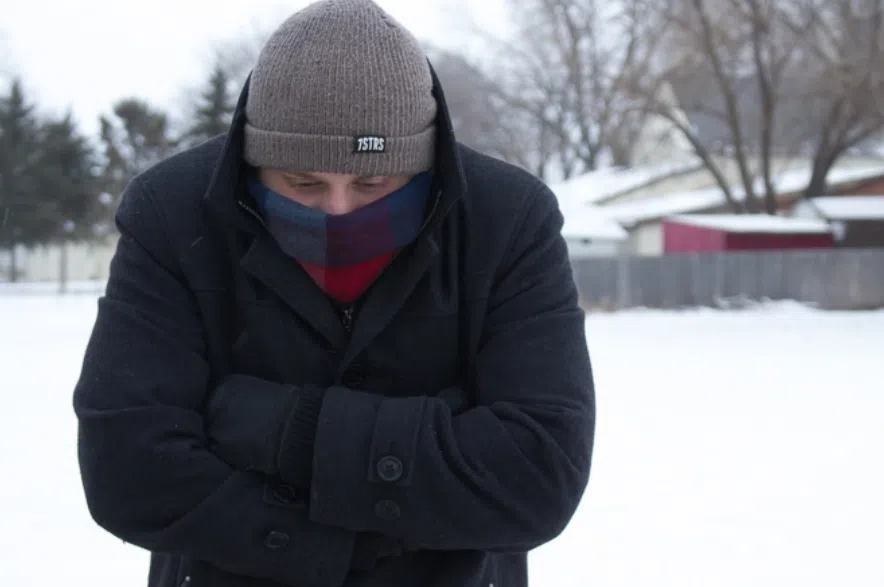A cold snap in Saskatchewan always brings with it a potential risk of frostbite. Dr. Stanley Enebeli with the Saskatchewan Health Authority says frostbite is a risk any time cold weather conditions exist.
He explains frostbite is an injury that leads to the loss of colour and feeling in extremities due to freezing temperatures.
Read more:
- How can I shovel snow without hurting myself?
- ‘We need a lot of room to do our job’: Safety top of mind for snowplow drivers
“Frostbite can permanently damage the body and could lead to severe cases of even removing the affected body parts by amputation. So definitely, those are things that would be very concerning. In terms of what to look out for, if you notice redness or pain in any skin area, first, it is important that you get out of the cold and protect any exposed skin, because frostbite may just be beginning.”
Dr. Enebeli says frostbite can cause skin to appear white or grayish yellow in colour, become hard to the touch, and become very firm or waxy. It also causes numbness, which is why he says it’s important to watch out for those around you in the cold.
“A person who has frostbite may not know they have it until someone else points it out, because the frozen parts of the body are usually numb. It’s really important that while we are outside, we also keep an eye on each other for these signs of frostbite.”
Those more at risk of developing frostbite include babies due to their underdeveloped ability to regulate body temperature, elderly people as they produce less body heat, and those with certain health conditions.
“I would recommend that if you’re taking any medications, you talk to your healthcare provider (about) how the cold weather interacts or may interact with the medication and your ability of your body to maintain or regulate body temperature.”
The use of alcohol and exhaustion also increases risk of frostbite as judgment regarding bundling up and feeling cold may be impaired.
Dr. Enebeli also notes that frostbite is often tied to hypothermia, which can be identified by shivering, confusion, and loss of muscular control. Both conditions require immediate medical attention.
“You need to get the person into a warm room as soon as possible. Unless absolutely necessary, do not walk on feet or toes that show signs of frostbite. This could actually increase the damage. Do not rub the frost-bitten area with snow or massage it at all. This can also cause more damage.”
“Put the areas affected by frostbite in warm, but not hot, water. Just warm. The temperature should be comfortable to the touch for the unaffected parts of the body as well. It’s also recommended that you do not use heating pads, things like heat lamps, or the heat of a stove or fireplace, or radiator for warming, because affected areas that are numb can easily get burnt if exposed to those devices as well.”
He stresses these steps should be taken when medical care is not yet available but is not a substitute for professional medical attention.
Regarding frostbite prevention, he emphasizes the importance of preparedness, noting homes and vehicles should be prepared for emergencies when severe weather or cold is predicted.
“Stay safe this winter by keeping yourself covered, if possible, dressing in layers. If you do go outside, please monitor yourself for those signs and symptoms of exposure to extreme cold temperatures.”
Read more:











